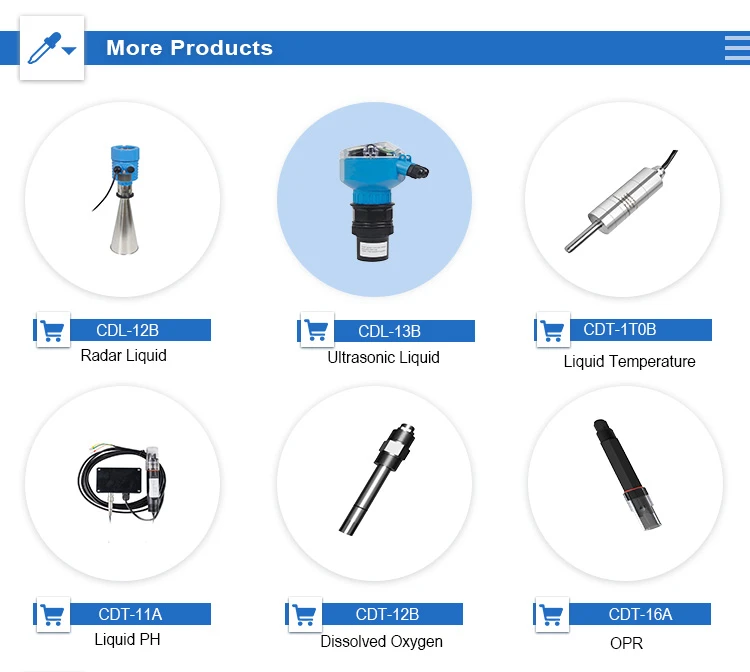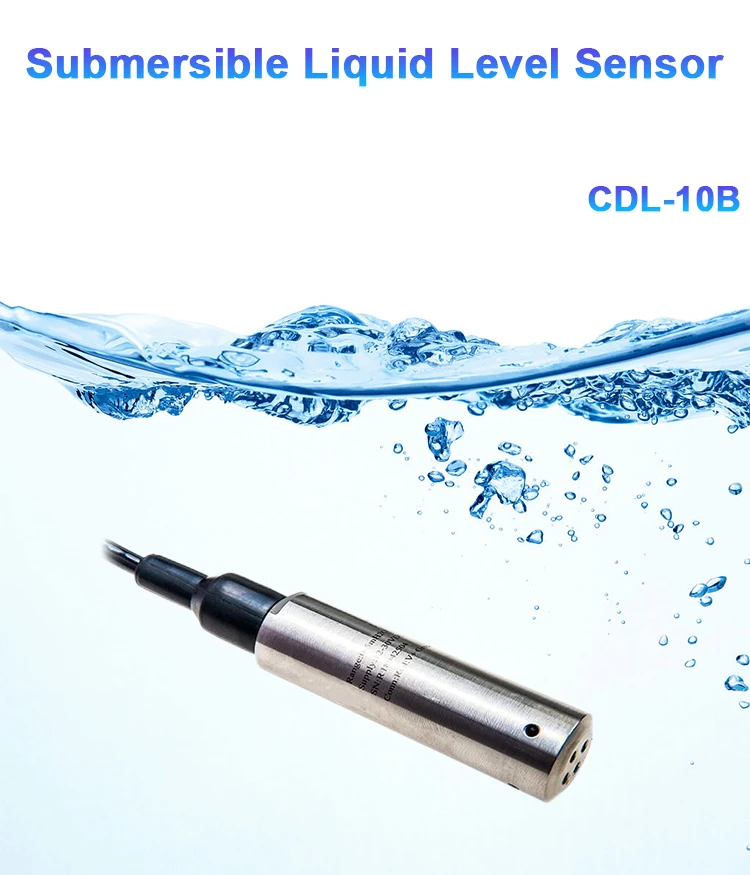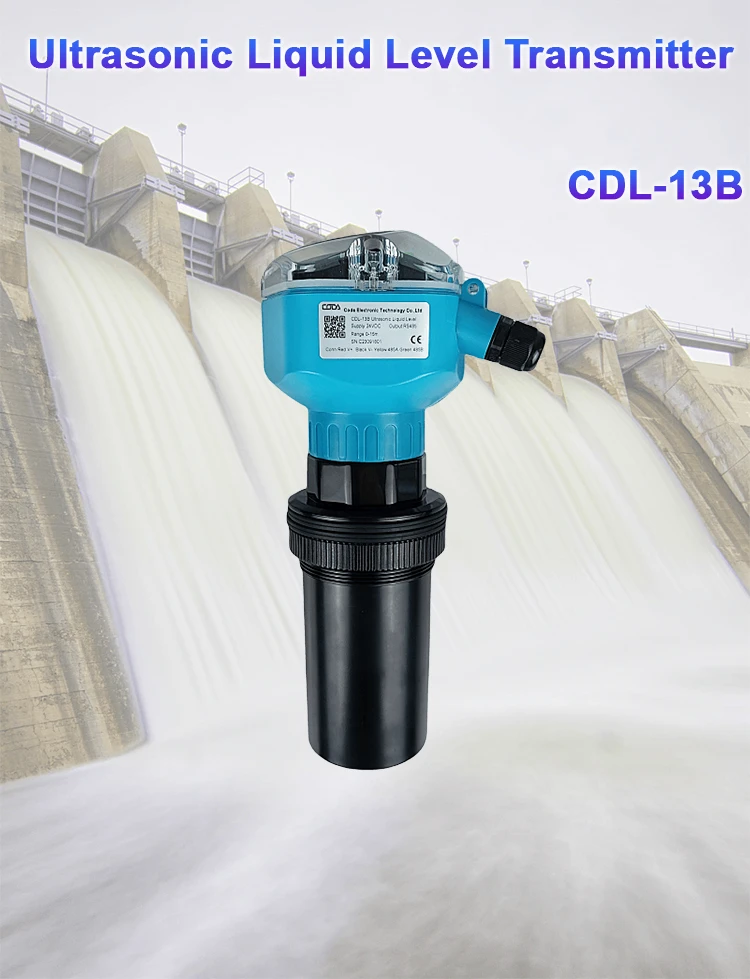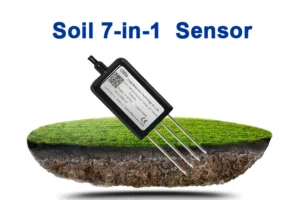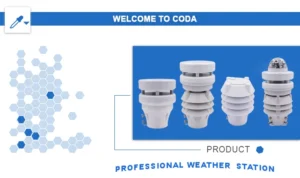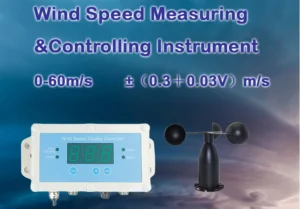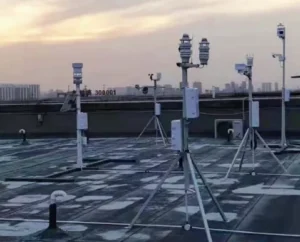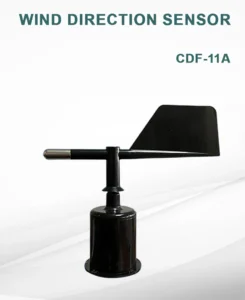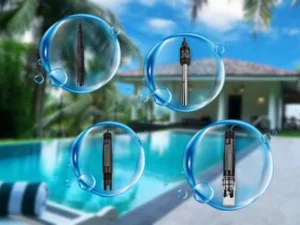What Are Liquid Level Transmitters
In industrial automation, environmental monitoring, and other areas, liquid level transmitters are very important. They help make operations run smoothly and safely. These devices check how much liquid is in containers, tanks, or other storage places.
They convert this information into a standard electrical signal. This signal is easy to send, watch, and analyze. This article will look at the basic principles of liquid level transmitters. It will also show how CODA sensors work better.
1. Understanding Liquid Level Transmitters
1.1 Definition and Function
A liquid level transmitter is a device that measures the height or amount of liquid in a container. It then converts this measurement into an electrical signal.
This signal can be one of three types. It can be a 4 to 20 mA current loop. It can also be a 0 to 10 V voltage signal. Lastly, it can be a digital protocol like Modbus.
The goal of this change is to allow remote monitoring and control of liquid levels. This helps operators manage processes more effectively. They can avoid overflows or shortages and use resources wisely.
1.2 Working Principles
There are different types of liquid level transmitters. Each one works on a different principle.
Hydrostatic Pressure – Based Transmitters: These use the pressure from the liquid column above them. The pressure at the bottom of a tank depends on the height of the liquid above it and its density. A pressure sensor in the transmitter measures the pressure. With calibration, we can accurately find the liquid level.
Float – Type Transmitters: A float is connected to a rod or cable. It is made to move up and down with the liquid level. As the float moves, it triggers a mechanism. This mechanism turns movement into an electrical signal.
This could be done with a potentiometer. It changes its resistance based on the float’s position. Another choice is a magnetic coupling system. This system sends the position to a sensor outside.
Ultrasonic Transmitters: These use sound waves to measure the distance from the transmitter to the liquid surface. The transmitter sends out a sound pulse that we cannot hear. This pulse moves through the air above the liquid. It bounces back when it hits the surface of the liquid.
We can find the distance to the liquid surface by measuring how long it takes for the pulse to return. This helps us see how much liquid is in the container.
Radar Transmitters: Like ultrasonic transmitters, radar transmitters use electromagnetic waves. They do not use ultrasonic waves. They work well in many situations, even in tough conditions like high heat, pressure, and corrosive liquids. Vapor, dust, and other substances do not impact electromagnetic waves like they do ultrasonic waves.
2. CODA Sensors: A Cut – Above in Liquid Level Sensing
Known for their creativity and dependability, they have greatly helped in the area of liquid level measurement. CODA is a leading sensor maker with more than ten years of experience. We offer liquid level transmitters that use modern technology and design.
2.1 Advanced Sensor Technology
CODA’s liquid level transmitters utilize state – of – the – art sensor elements that provide high – precision and stable measurements. For example, CODA uses precise piezoresistive pressure sensors in their models. These sensors work based on hydrostatic pressure.
These sensors can detect small changes in pressure. This helps us record even small changes in the liquid level accurately. The sensors are made for great long-term stability. This cuts down on the need for regular calibration and helps keep measurements stable over time.
2.2 Robust Design and Durability
CODA knows that liquid level transmitters work in tough environments. They make their products using strong materials and building methods. This helps them resist extreme temperatures, harsh chemicals, and mechanical vibrations.
Manufacturers often make the cases of CODA liquid level transmitters from durable stainless steel or strong plastic. These materials provide great protection against rust, chemical damage, and impact.
This durability means the transmitters can work well in tough industrial places. These include chemical plants, oil refineries, and wastewater treatment facilities. Harsh conditions are common in these places.
2.3 Intelligent Features
Many of CODA’s liquid level transmitters have smart features that make them work better. These have built-in microprocessors. They can process data on board. This includes tasks like changing sensor output, fixing temperature problems, and finding faults.
Some models support digital communication protocols. This helps them connect easily with industrial automation systems. This lets you set up, monitor, and adjust the transmitters from a distance. This reduces maintenance costs and boosts efficiency.
3. Applications of CODA Liquid Level Transmitters
3.1 Industrial Process Control
In industrial manufacturing, it is important to control liquid levels carefully. It helps maintain product quality and stops delays in production. Industries such as chemical, pharmaceutical, and food and beverage widely use CODA liquid level transmitters.
In a chemical plant, CODA’s radar-based liquid level transmitters can measure corrosive chemicals in storage tanks. They work well with foam or vapor. This helps keep production processes safe and efficient.
3.2 Water and Wastewater Management
In the water and wastewater treatment field, CODA liquid level transmitters are important. They help keep track of water levels in reservoirs, tanks, and treatment plants. People often use hydrostatic pressure transmitters to measure water levels in wells and storage tanks.
They provide real-time data for managing water distribution. In wastewater treatment plants, float-type sensors and ultrasonic sensors check the levels of sludge and wastewater. This helps make sure everything works well and stops overflows.
3.3 Environmental Monitoring
CODA sensors are useful for monitoring the environment. For example, in wetland conservation projects, ultrasonic liquid level transmitters can check water levels in marshes and swamps.
This data is important for understanding the health of these areas. It also helps in creating good conservation strategies. In groundwater monitoring,
CODA’s pressure-based liquid level transmitters can measure water table levels accurately. This gives important information for managing water resources. It also helps us see how people affect the environment.
In conclusion, liquid level transmitters are essential tools in many industries. They help measure and control liquid levels correctly. CODA sensors use advanced technology and strong design. Their smart features make liquid level transmitters work better.
CODA liquid level transmitters offer dependable and precise solutions. They are useful in industrial process control, water management, and environmental monitoring. These transmitters make operations more efficient. They also help keep us safe and protect the environment.
